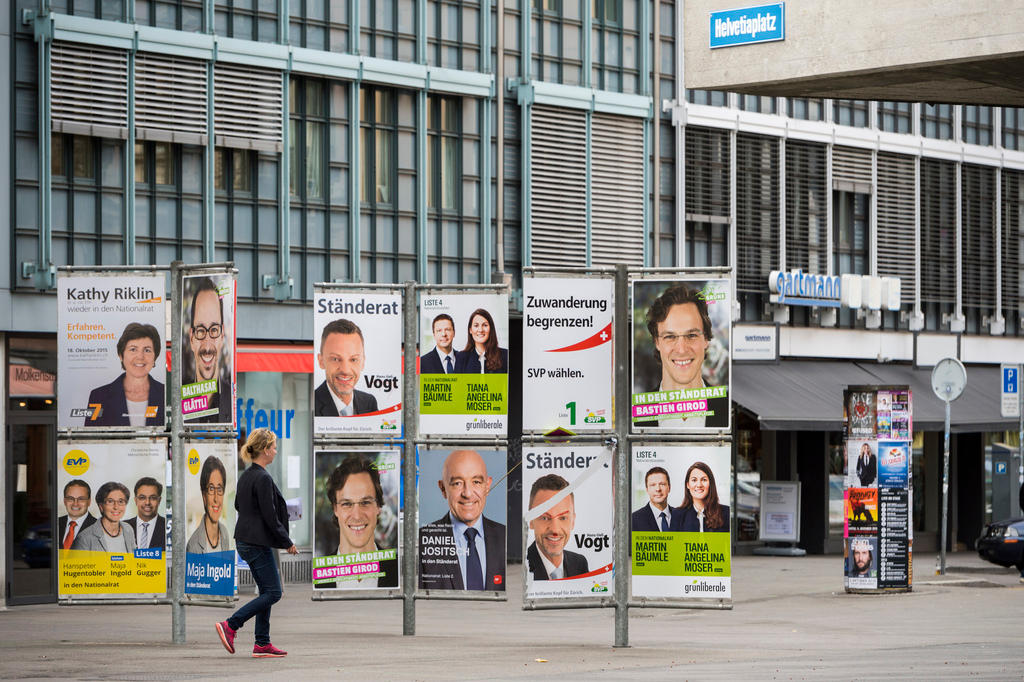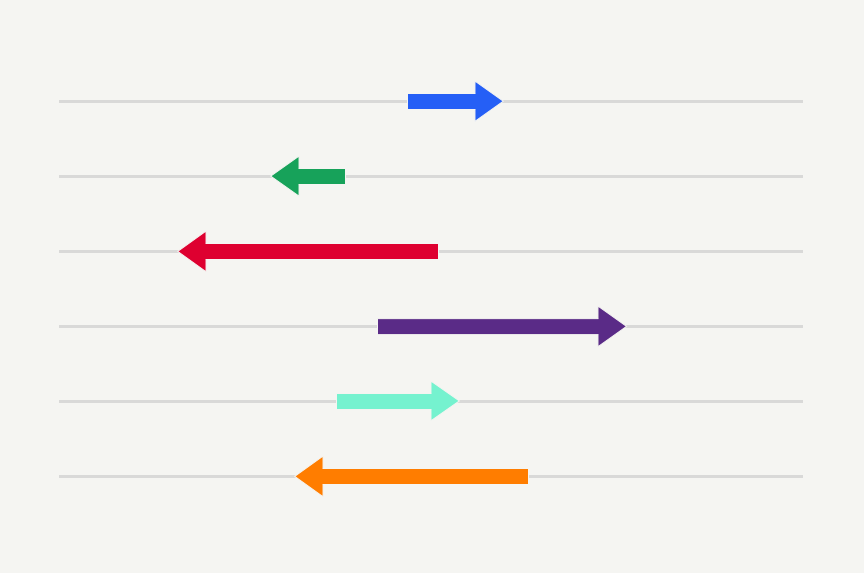Right on the rise, rural urban divide deepens

Ballots held in nine cantons and many municipalities this year have confirmed a polarisation between the political right and the left as well as growing divide between urban and rural areas following the 2015 national elections.
It is a phenomenon that has occurred in Switzerland before, agree political scientists Daniel Bochsler of the University of Zurich and Lukas Golder of the research and polling institute GfS Bern. The trend continues at local or regional levels in the wake of nationwide parliamentary elections.
They did not result in a major upset, but the political right in Switzerland has continued to gain ground at the expense of the centre, while the left consolidated its position.
The main winner is the centre-right Radical Party in cantonal elections in 2016 with the centrist Conservative Democrats and the Christian Democrats suffering losses and the leftwing Social Democrats remaining third biggest political force in the 26 cantonal parliaments of Switzerland.
Overall, the rightwing People’s Party continues to advance and now has 590 seats – an increase of 47 since 2012, but unlike the runner-up, the Radical Party, its political strength in the different regions of the country varies considerably.
When it comes to seats in cantonal governments however, the People’s Party gains were rather modest (+4), leaving the group in fourth position.
There are no “ifs and buts” about the seemingly unstoppable losses of the centrist parties – down 53 seats to just over 500 representatives in the cantonal parliaments.
Bochsler says the Christian Democrats have been stuck in a downward spiral for more than two decades now, and the People’s Party has been the main beneficiary, even in traditionally Catholic strongholds.
Small parties
The fate of the Conservative Democratic Party appears to be sealed. Founded as a result of a rift within the People’s Party over the controversial former justice minister, Christoph Blocher, in 2008, it’s reach is largely limited to three cantons. It has struggled to win broad support and its moderate success depended on Eveline Widmer-Schlumpf, the former finance minister who stepped down 12 months ago.
“It is an open question whether the party has much of future outside canton Graubünden,” says political scientist Bochsler.
The prospects are slightly better for the Liberal Greens, split off from the leftwing Green Party. It won an additional 22 seats in cantonal parliaments.
With the Social Democrats shifting further to the left and the Christian Democrats on a losing streak, “this liberal social centrist party could be here to stay,” argues political scientist Golder.
His colleague Bochsler is less optimistic. He sees little chance to grow beyond 5% of the electorate.
Conformation
The results of the 2016 cantonal elections also showed a trend towards more conformity in several ways.
Generally, the number of political groups has been increasing in all the 26 cantons of the country and the cantonal party chapters have begun to streamline their political platforms and campaigns. Instead diversity at the local level, the national party headquarters seem to be setting the pace.
While cantonal differences disappear, the gap between urban and rural regions deepens.
The political left is strong in cities as well as in bigger towns – notably in German-speaking Switzerland, including St Gallen, Thun, Solothurn and Burgdorf. But the political right generally dominates in rural and mountain cantons.
“This is more a sociological than a political phenomenon,” says political scientist Golder.
“We live in an ever more mobile society. Nearly everybody can go and live where they want,” he says.
As a result, the urban centres generally attract more and more young people with a taste for city life and open to changes. Those who prefer to have their peace and quiet and a traditional lifestyle move to the countryside.
The trend has clearly increased in the past 20 years and is unlikely to subside according to Golder.
Adapted from Italian by Urs Geiser

In compliance with the JTI standards
More: SWI swissinfo.ch certified by the Journalism Trust Initiative



You can find an overview of ongoing debates with our journalists here. Please join us!
If you want to start a conversation about a topic raised in this article or want to report factual errors, email us at english@swissinfo.ch.